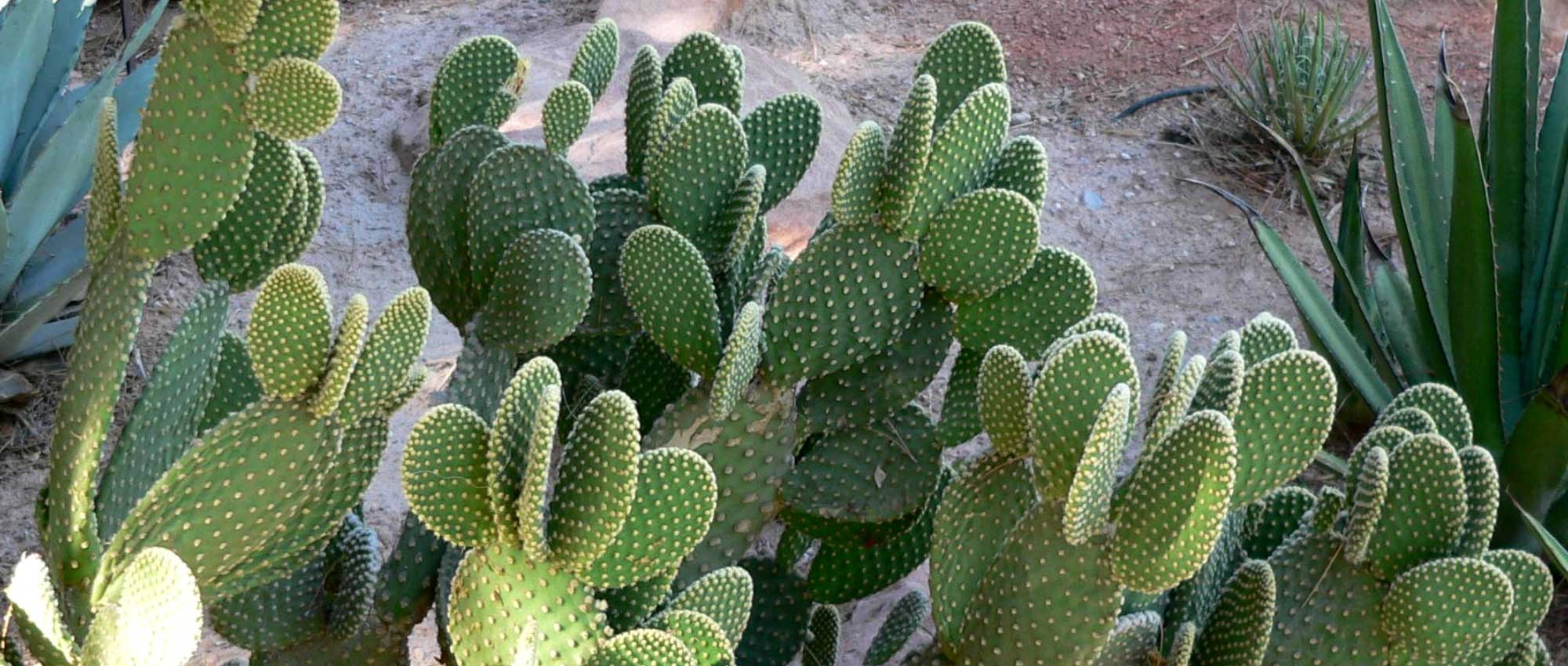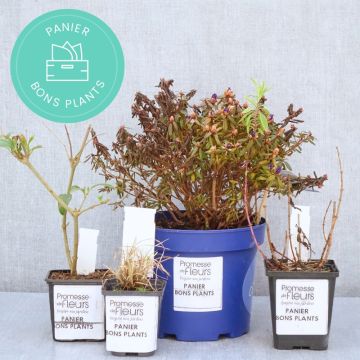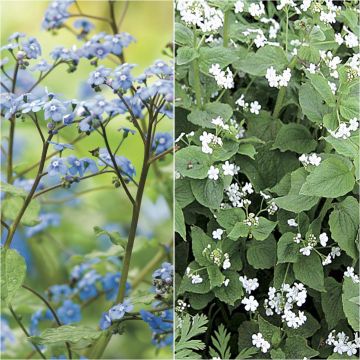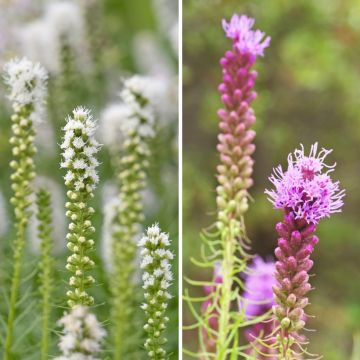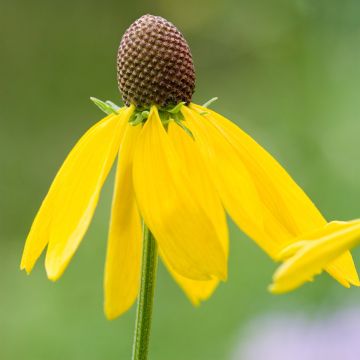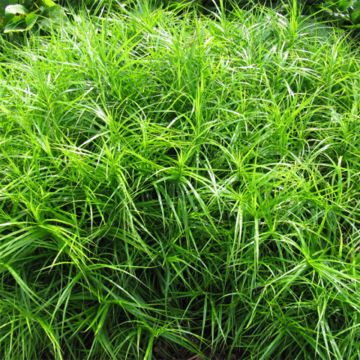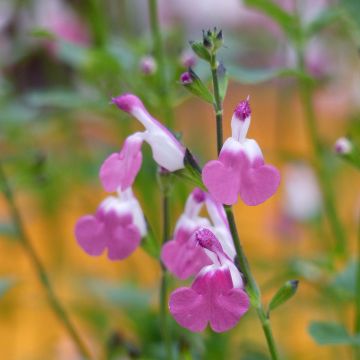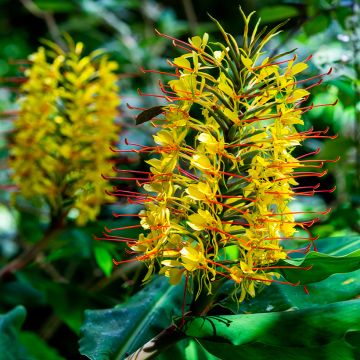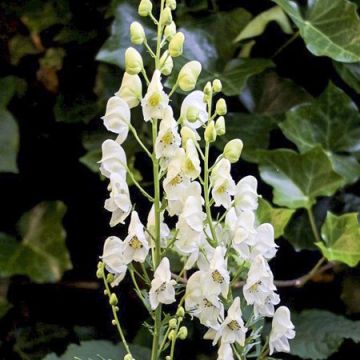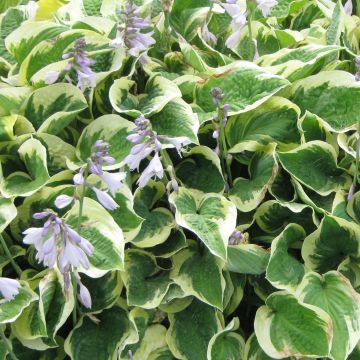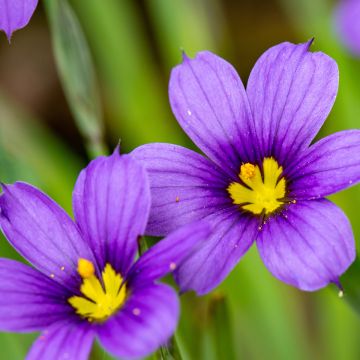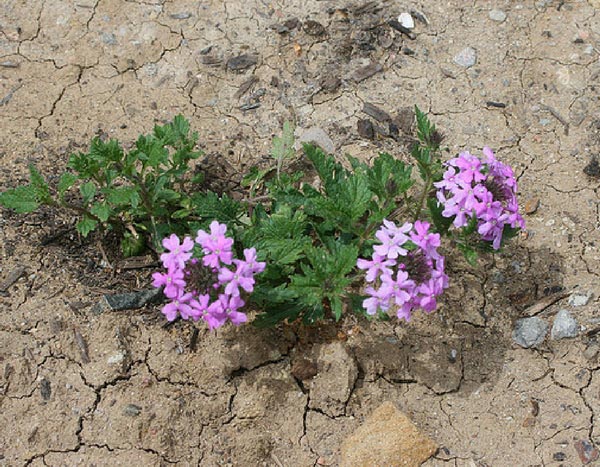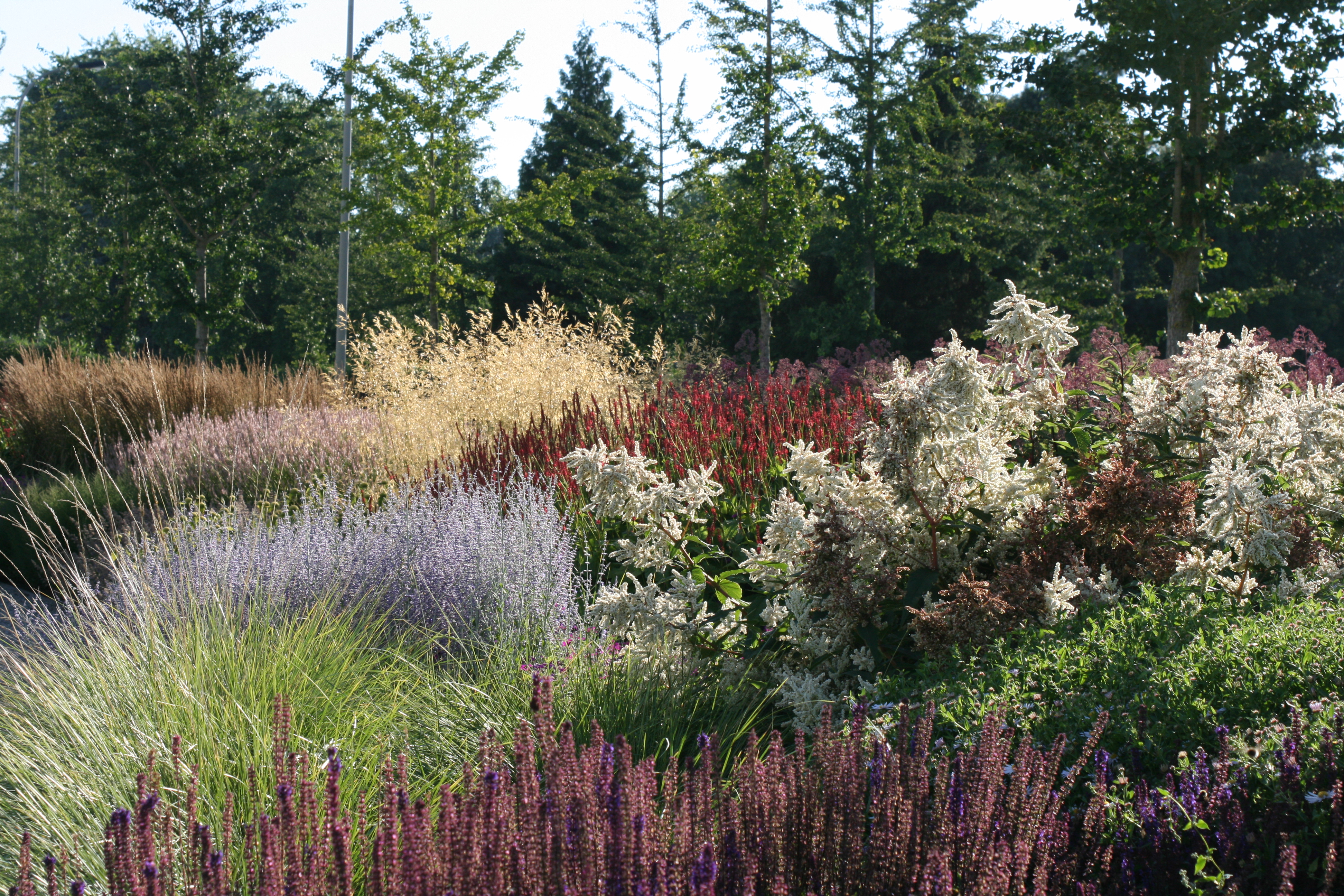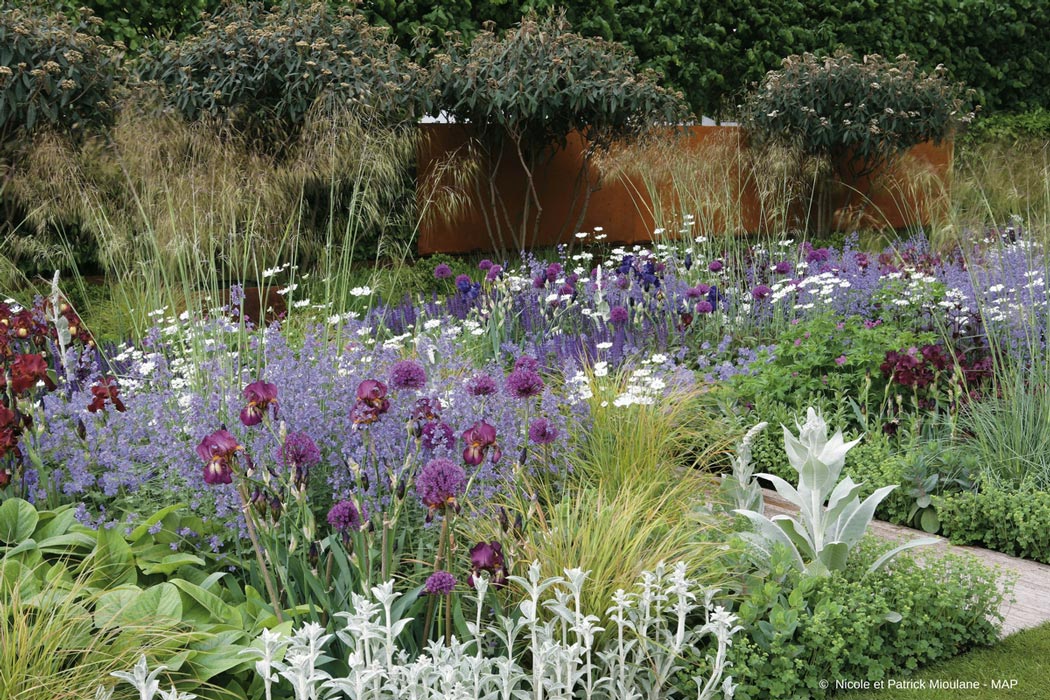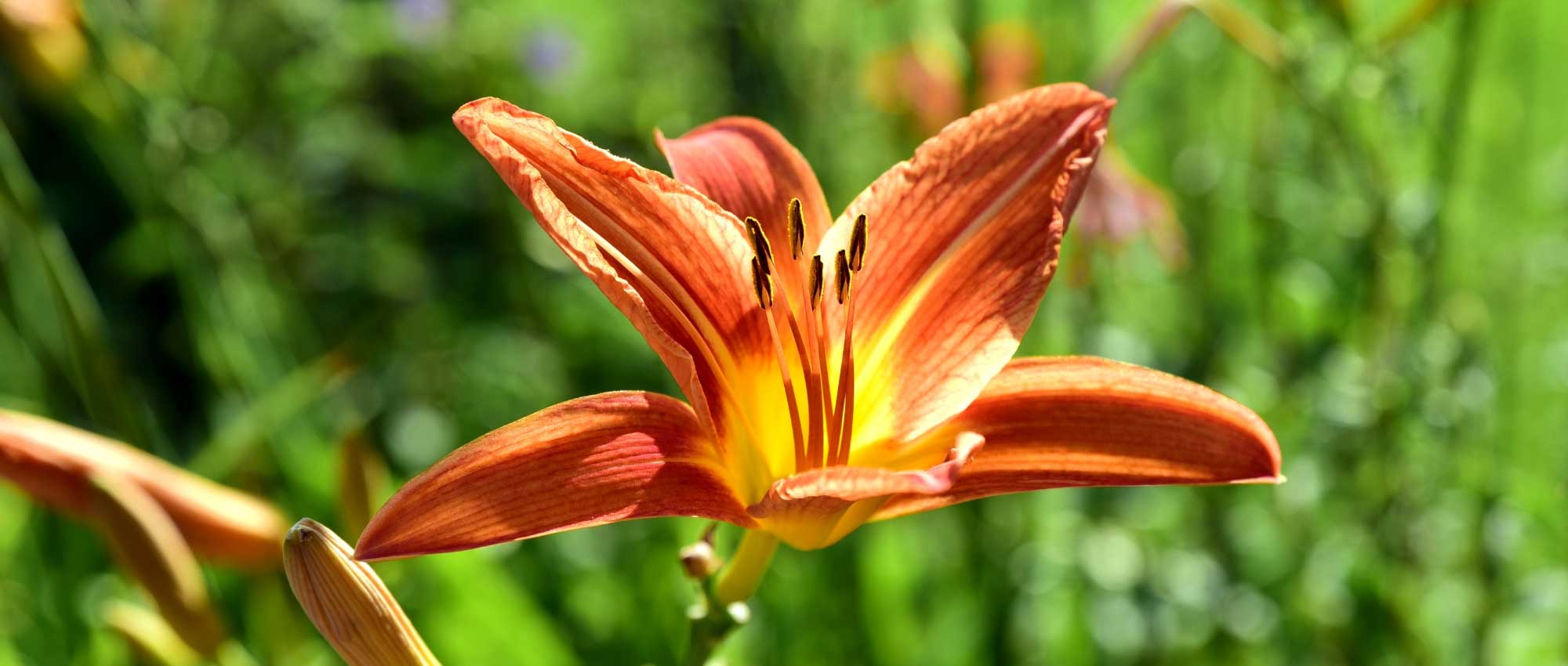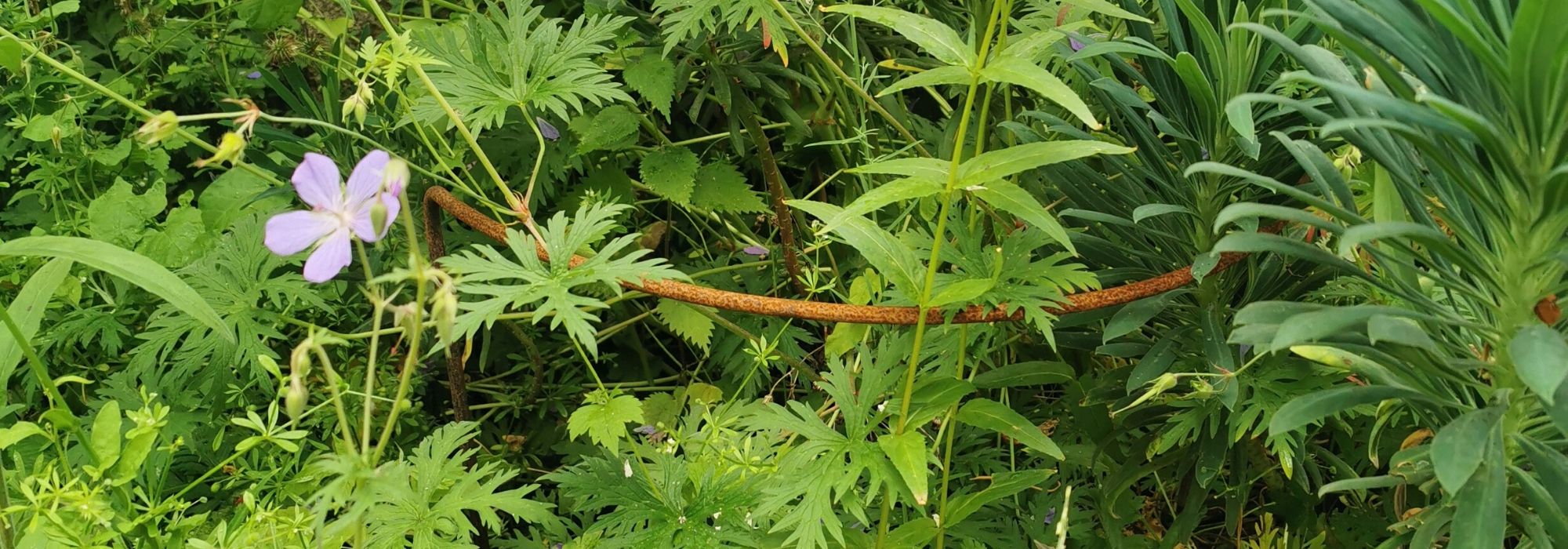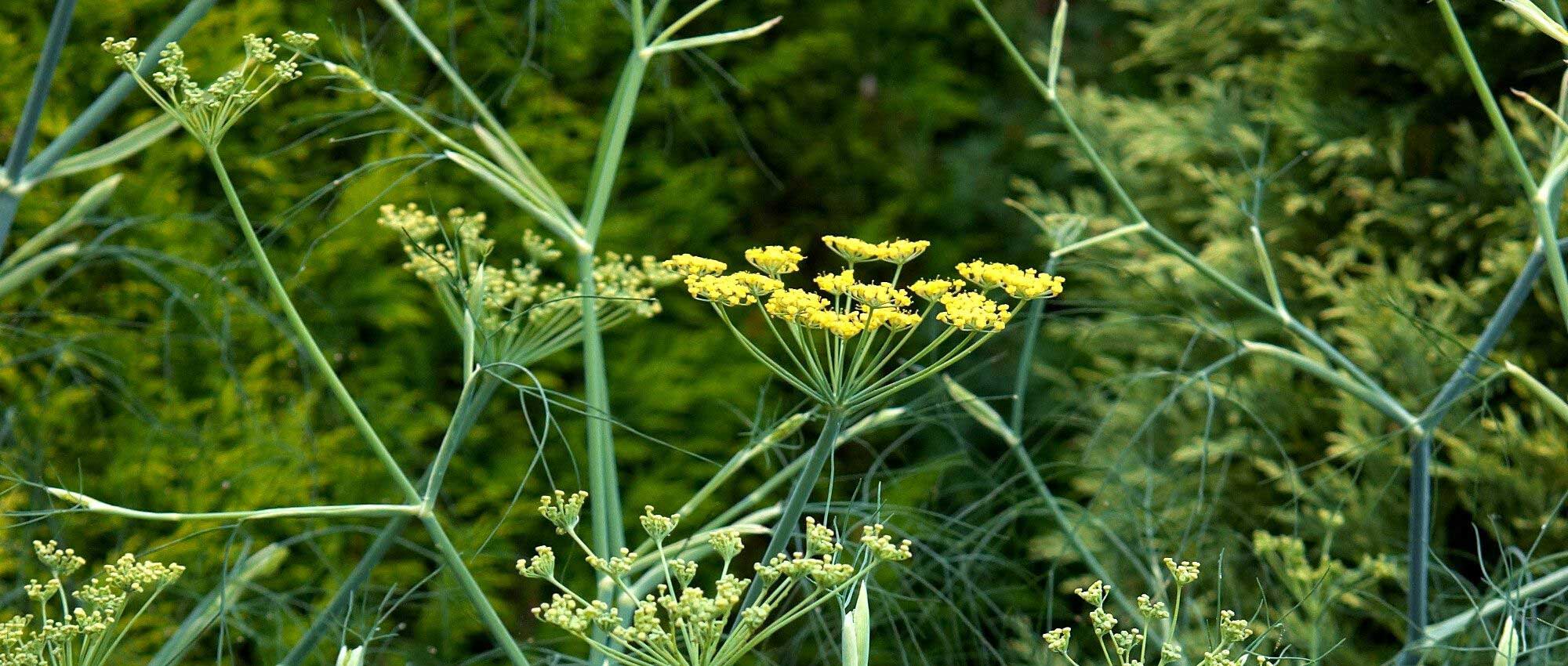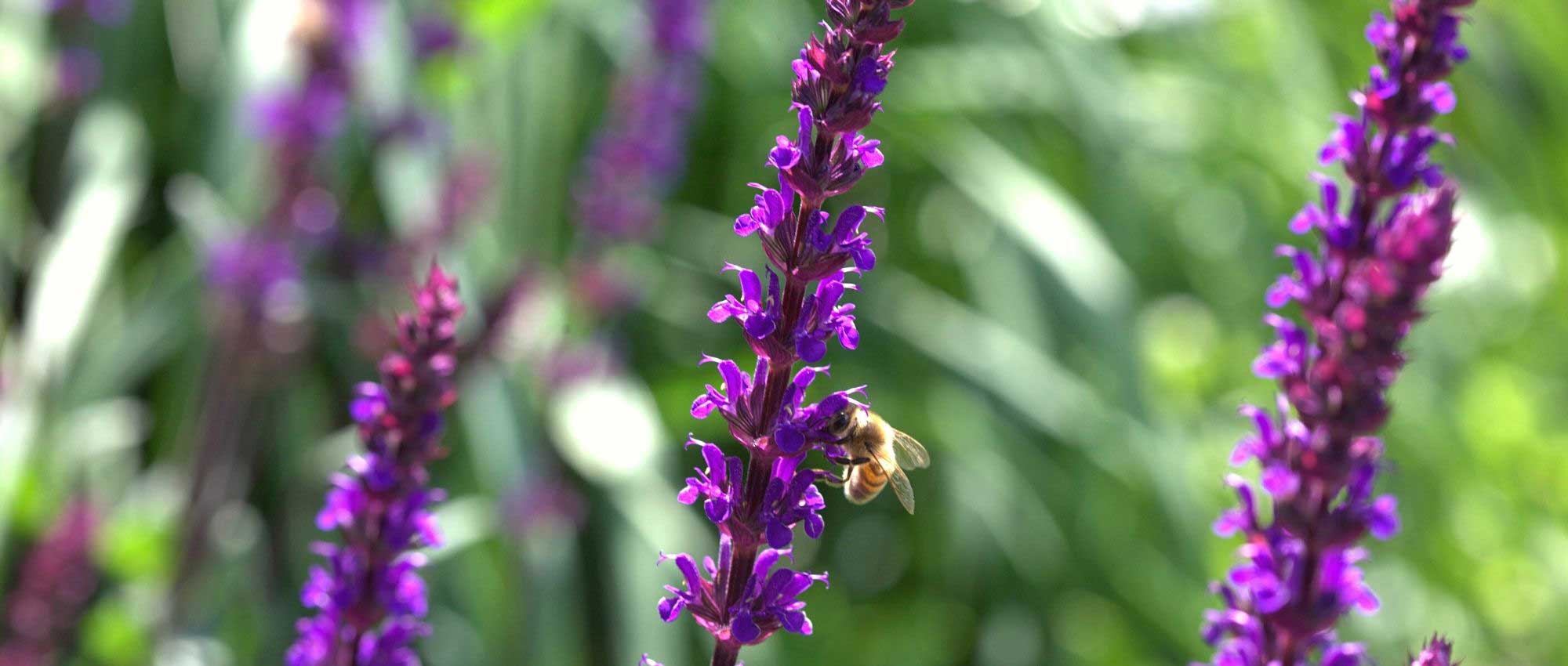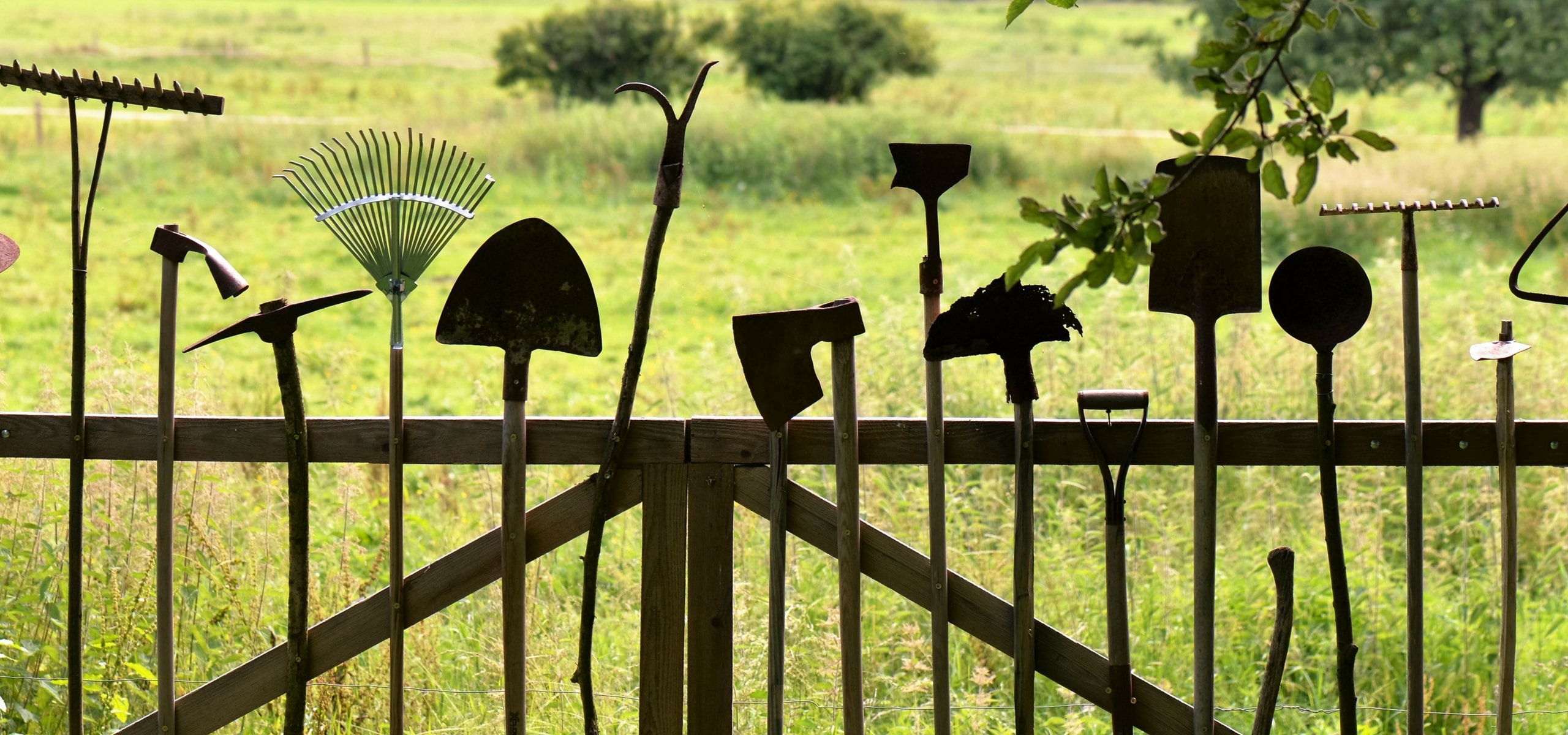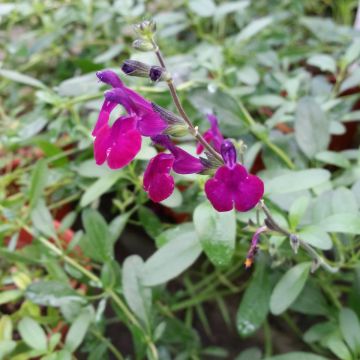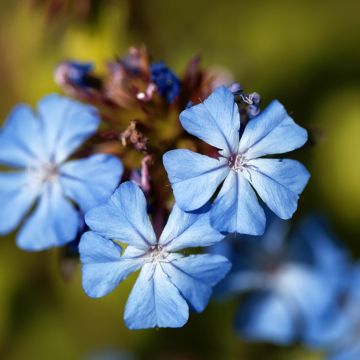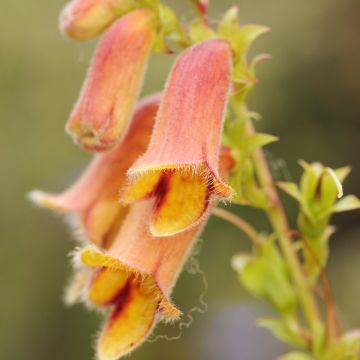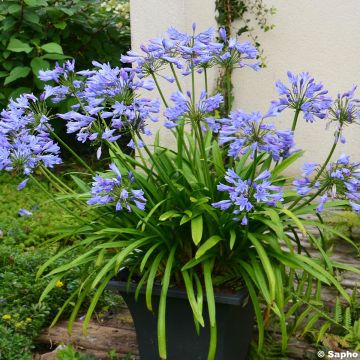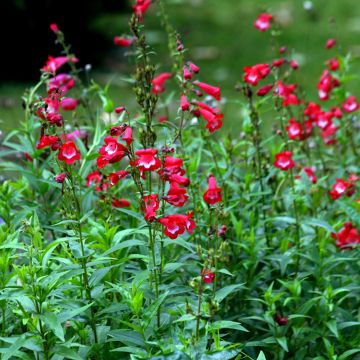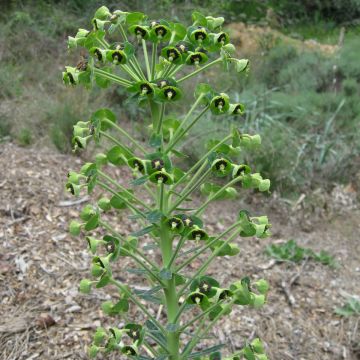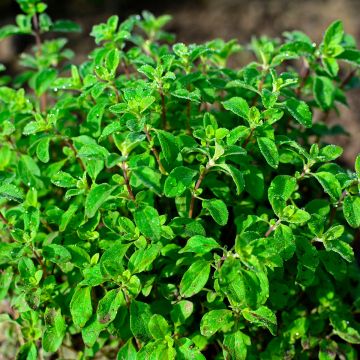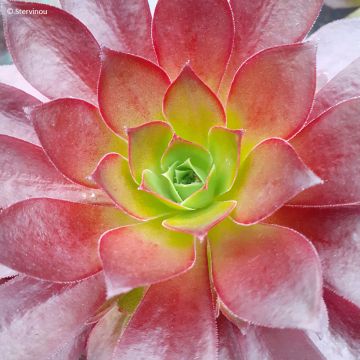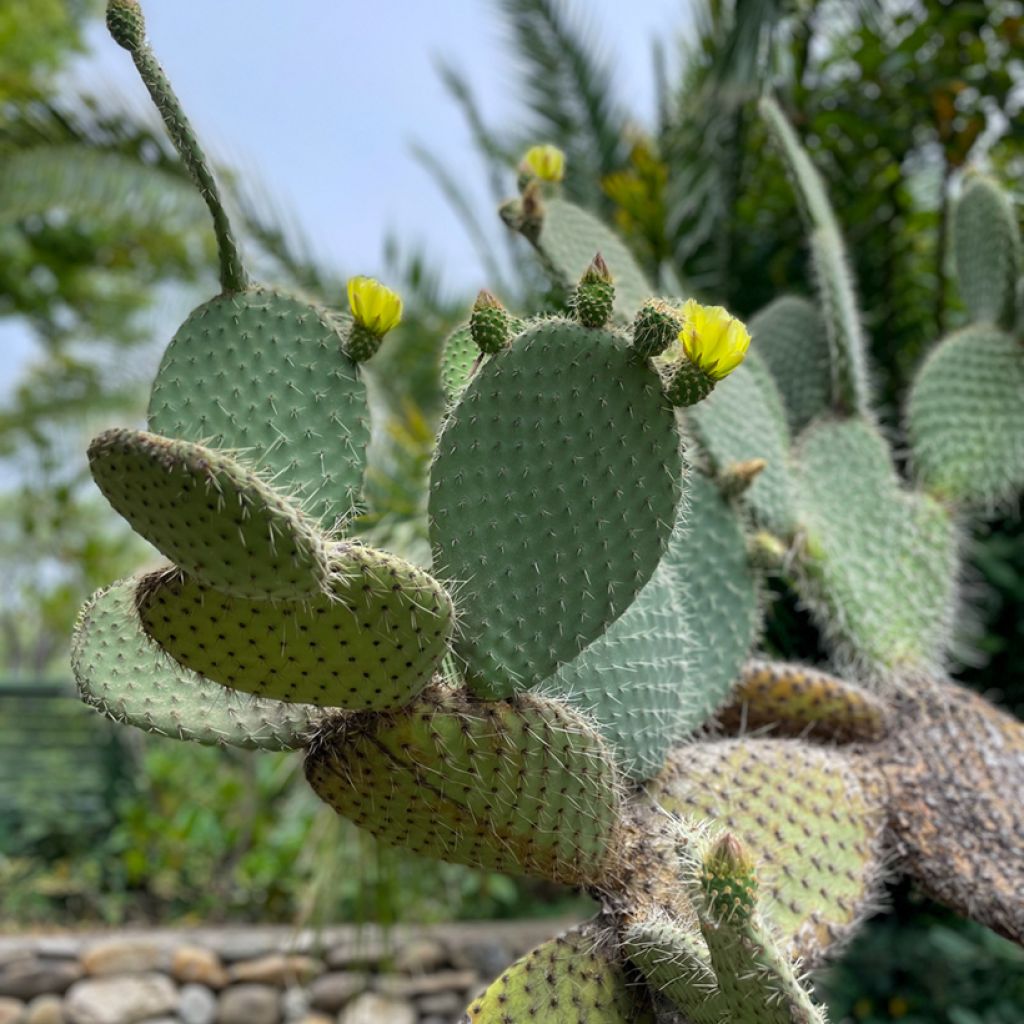

Opuntia leucotricha - Prickly pear cactus
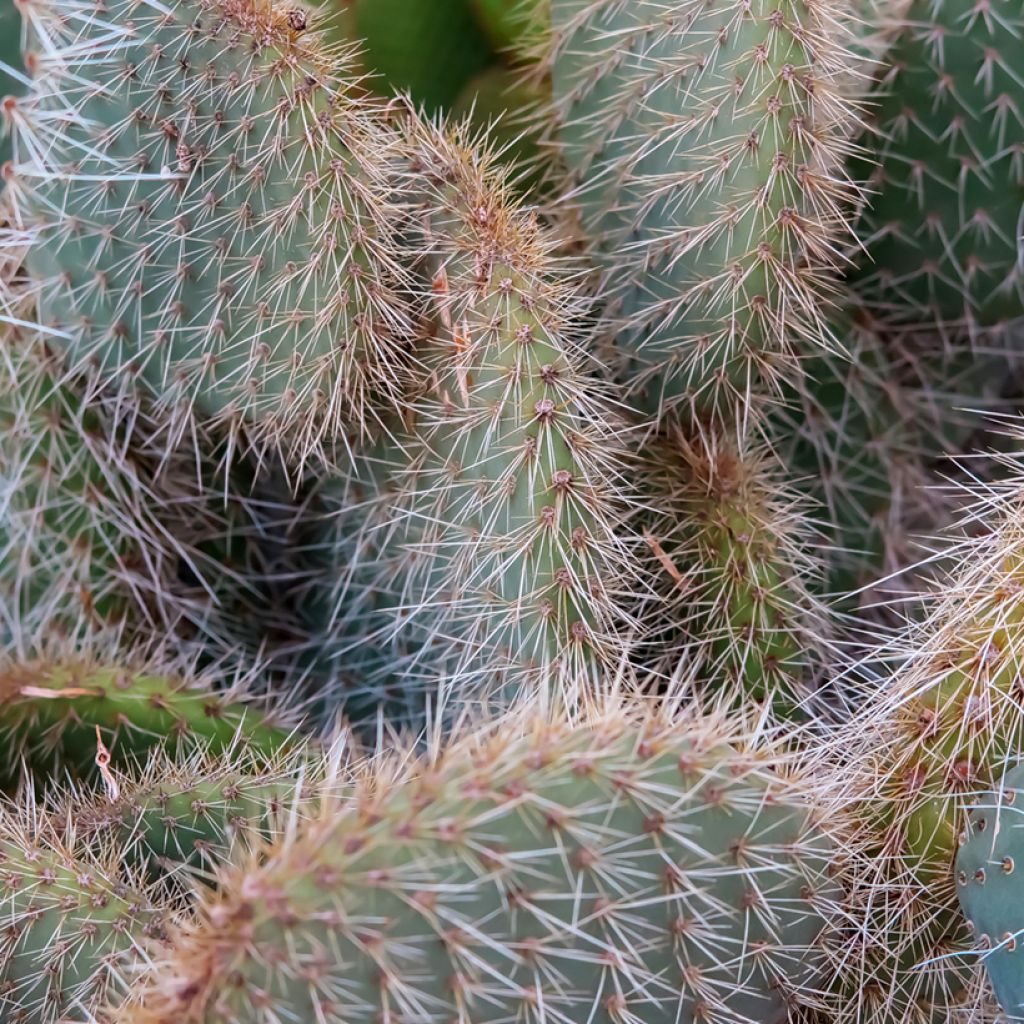

Opuntia leucotricha - Prickly pear cactus
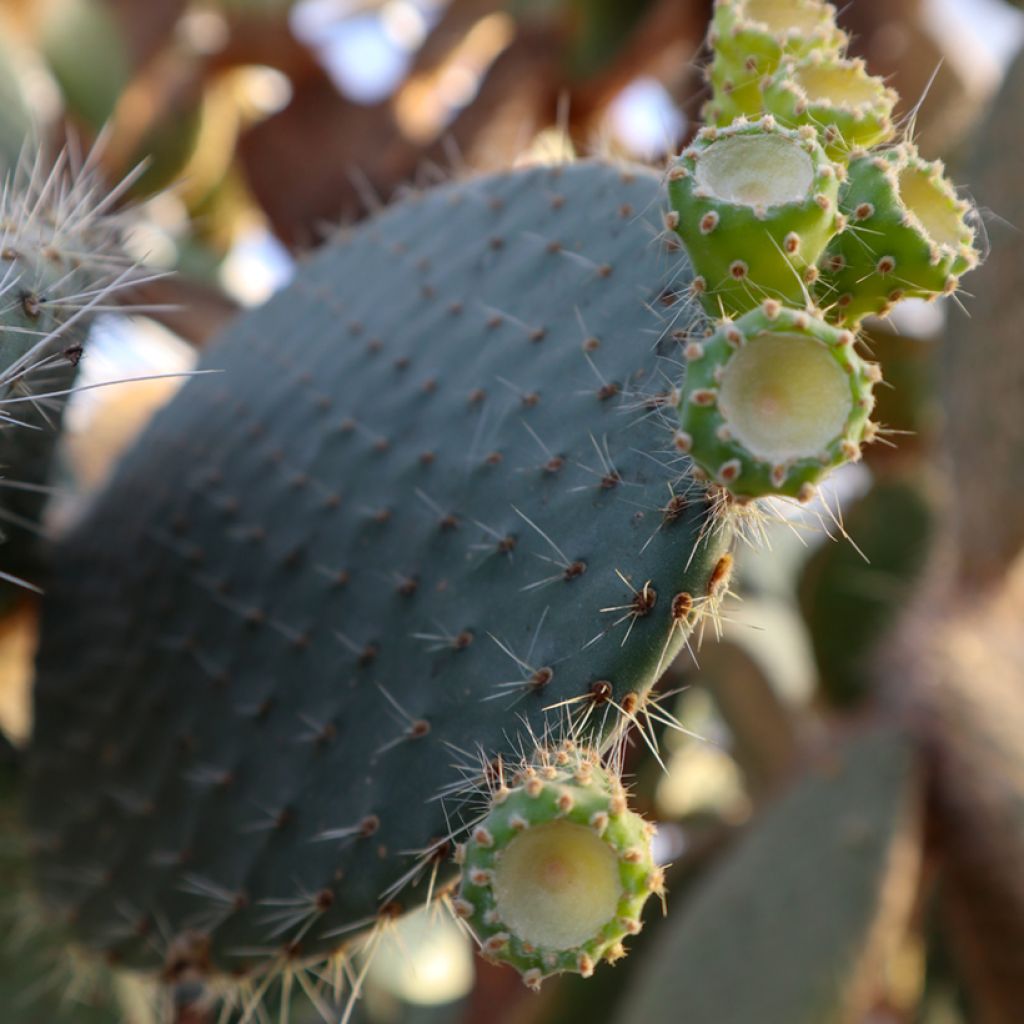

Opuntia leucotricha - Prickly pear cactus
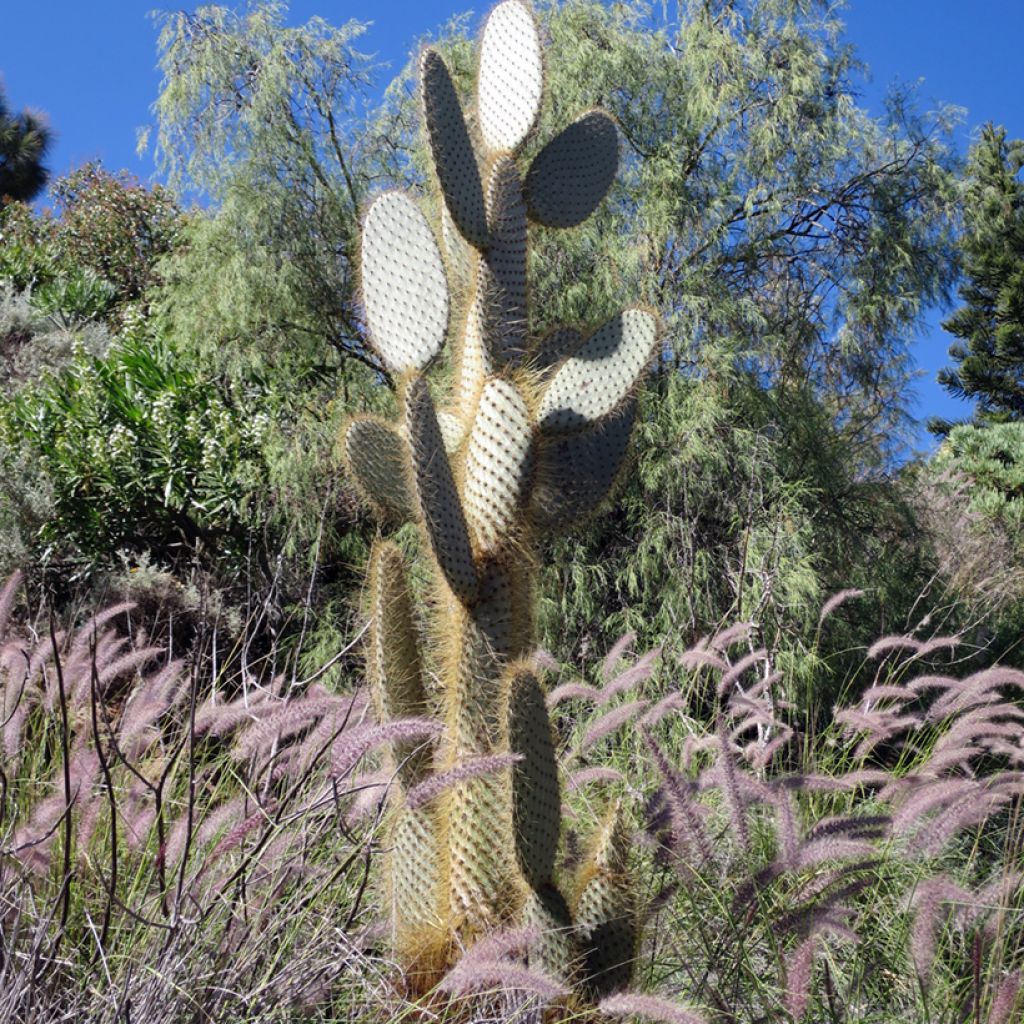

Opuntia leucotricha - Prickly pear cactus
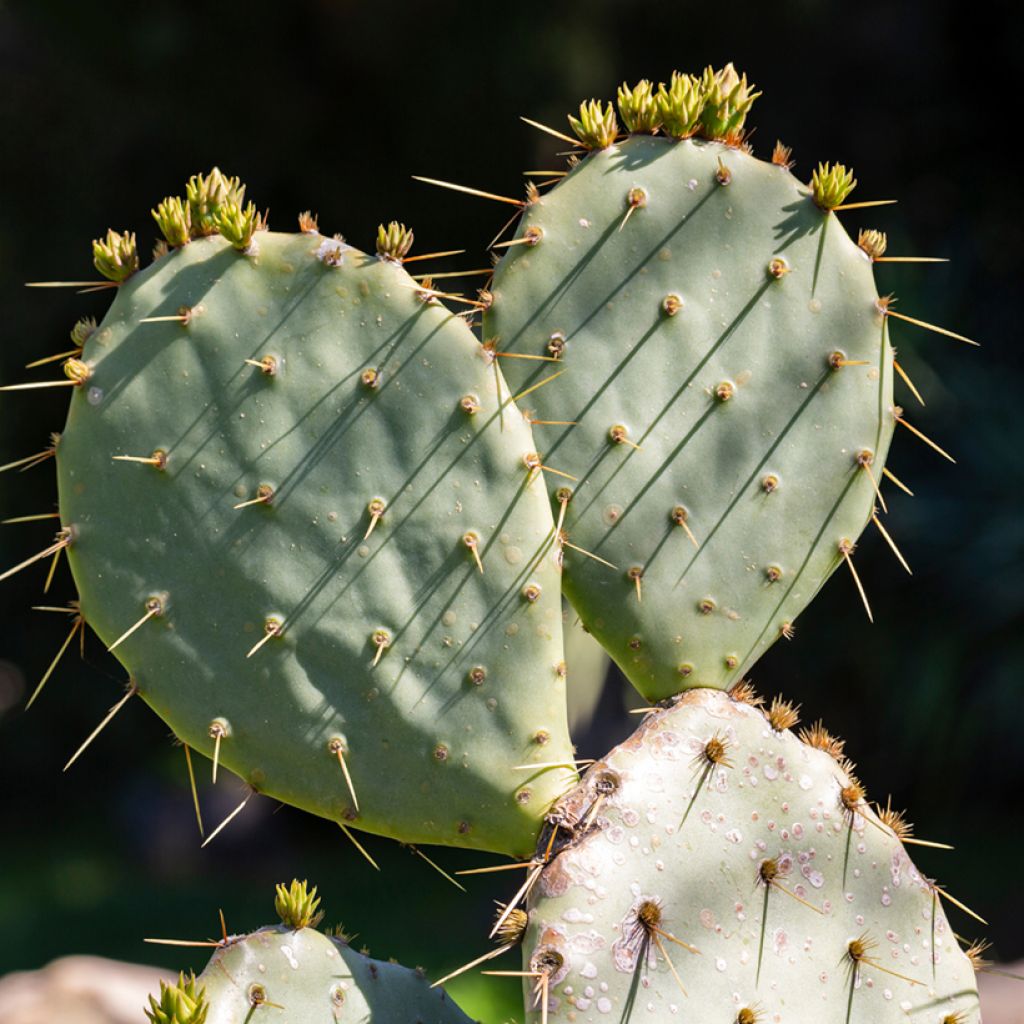

Opuntia leucotricha - Prickly pear cactus
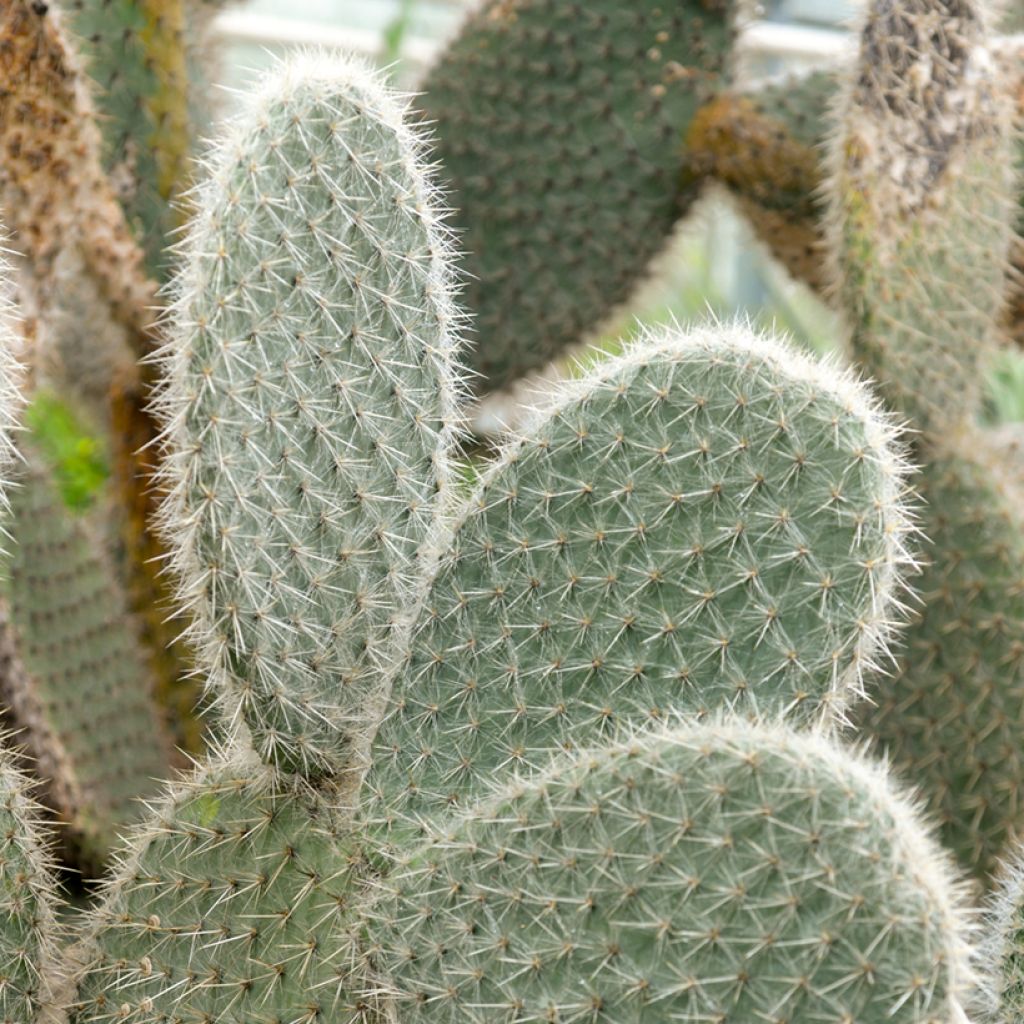

Opuntia leucotricha - Prickly pear cactus
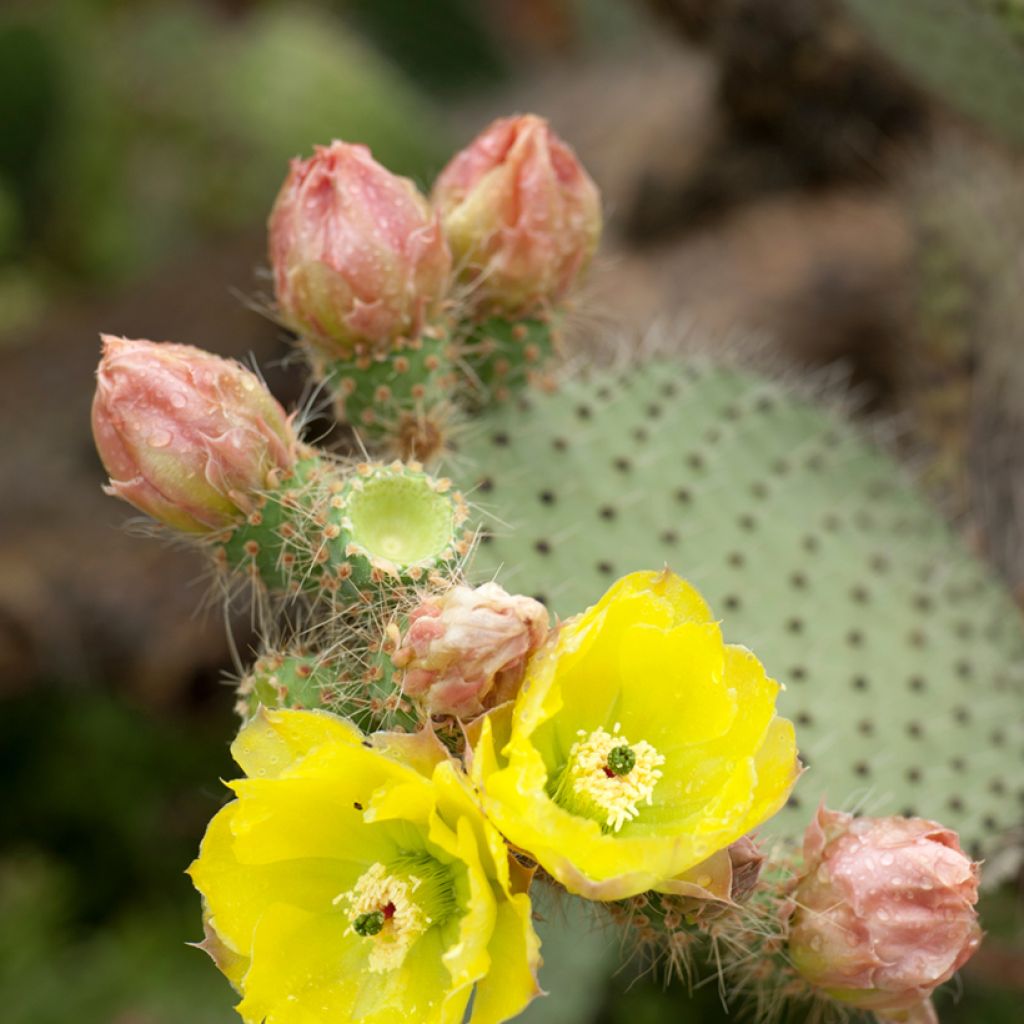

Opuntia leucotricha - Prickly pear cactus
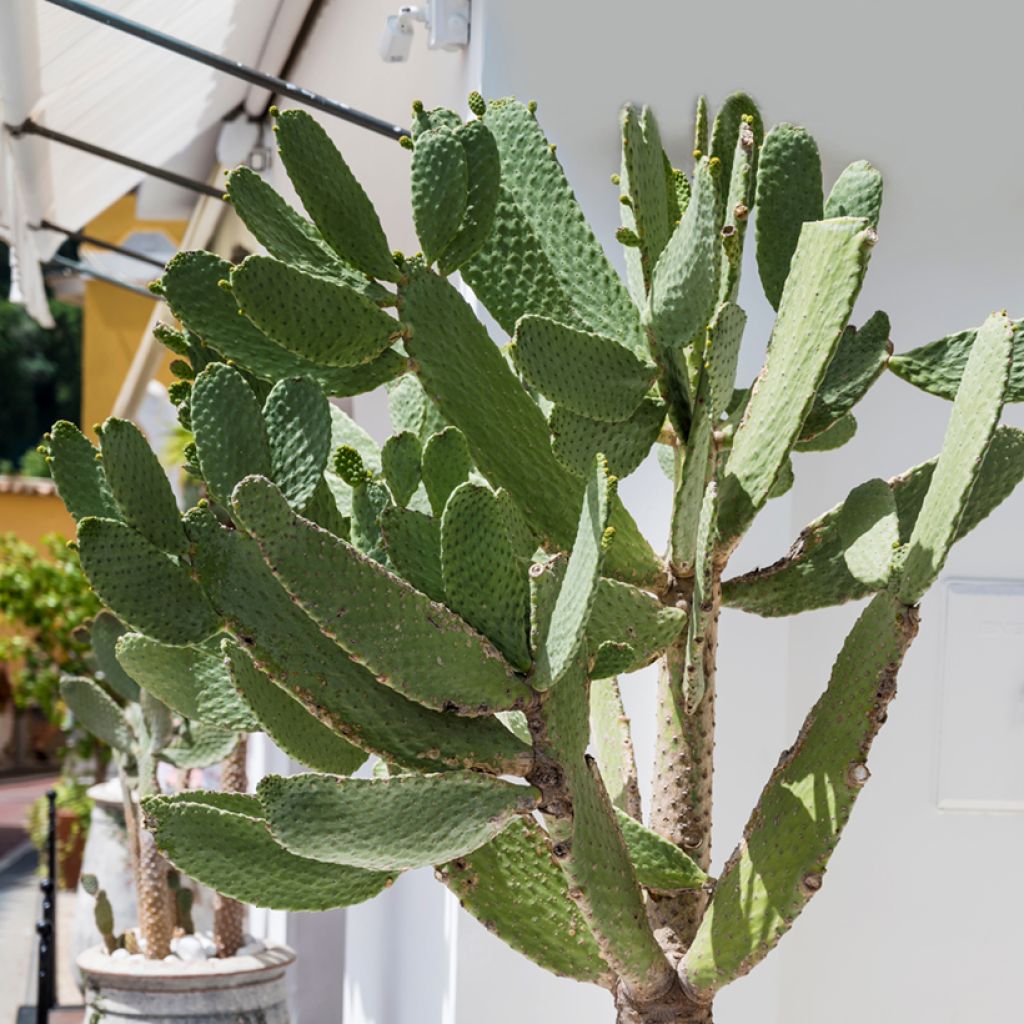

Opuntia leucotricha - Prickly pear cactus
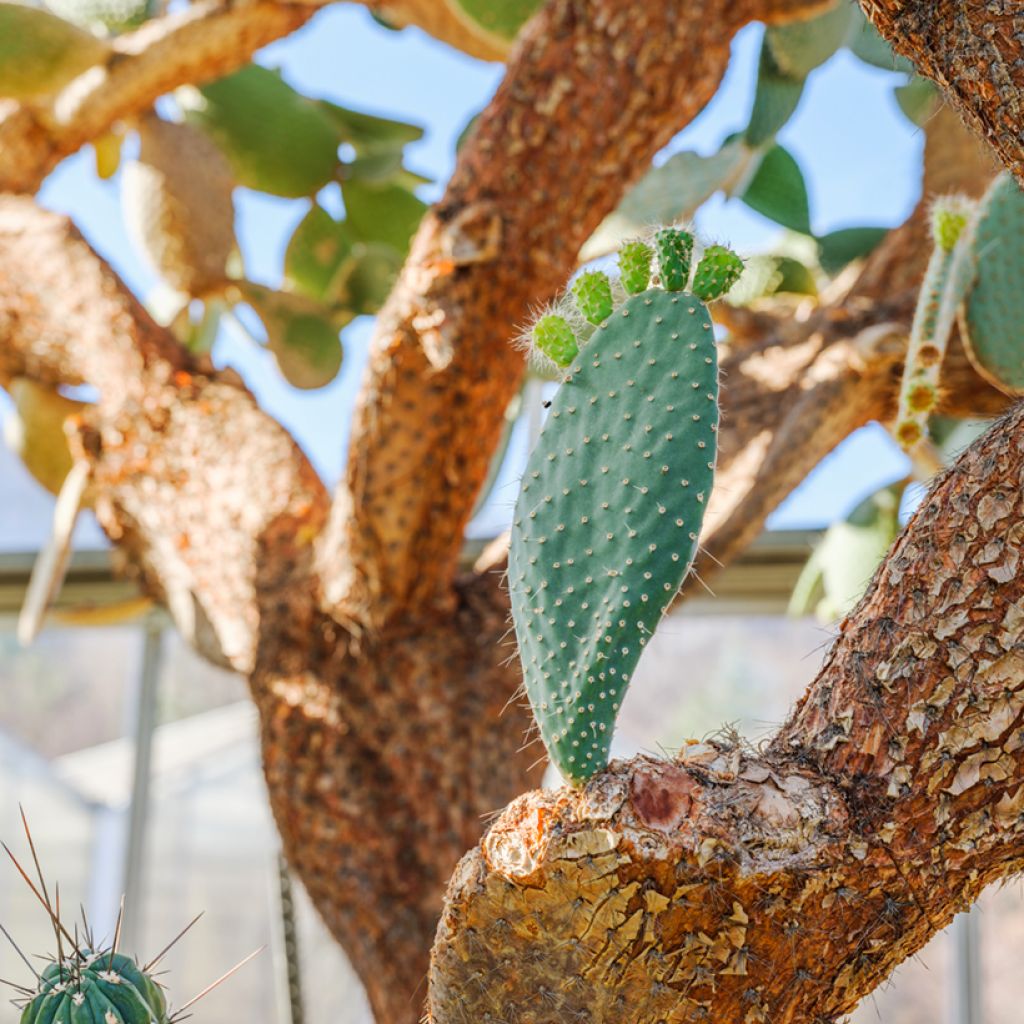

Opuntia leucotricha - Prickly pear cactus
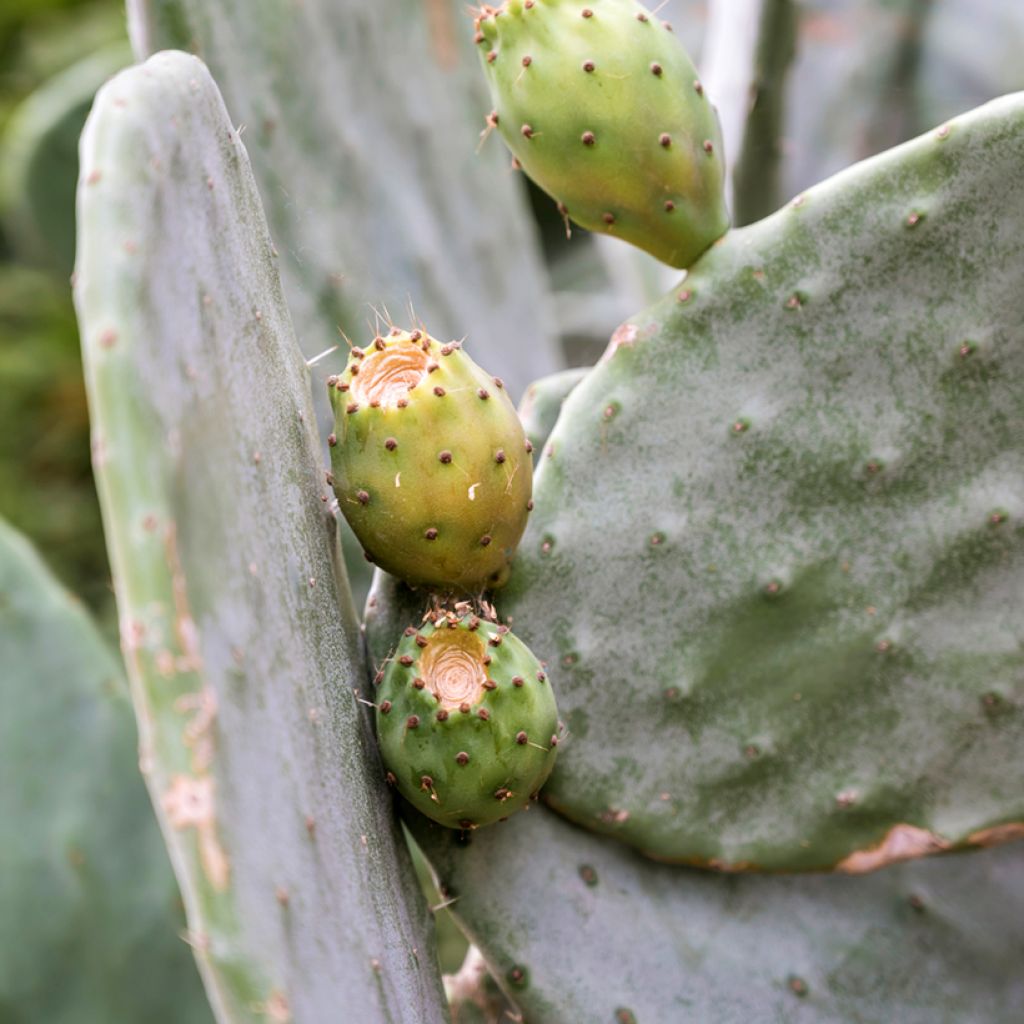

Opuntia leucotricha - Prickly pear cactus
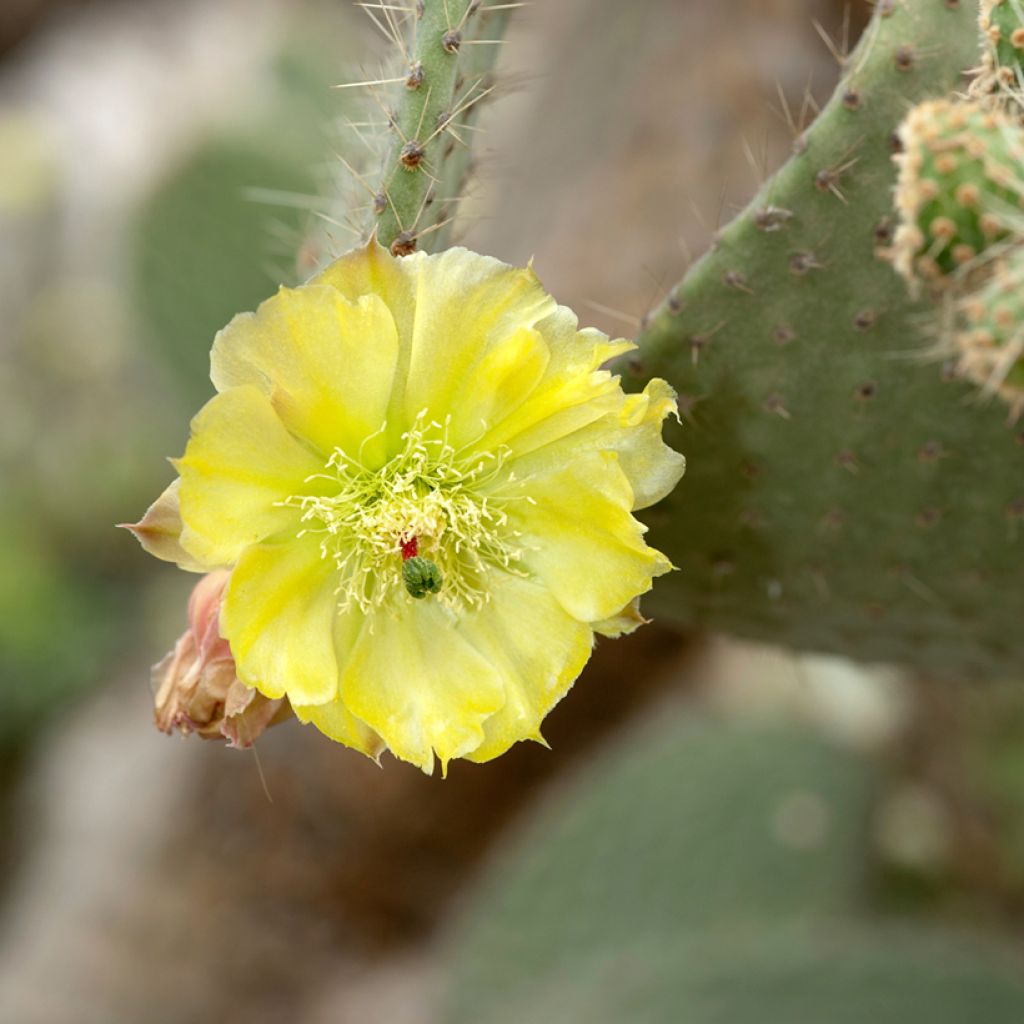

Opuntia leucotricha - Prickly pear cactus
Opuntia leucotricha - Prickly pear cactus
Opuntia leucotricha
Prickly Pear
Special offer!
Receive a €20 voucher for any order over €90 (excluding delivery costs, credit notes, and plastic-free options)!
1- Add your favorite plants to your cart.
2- Once you have reached €90, confirm your order (you can even choose the delivery date!).
3- As soon as your order is shipped, you will receive an email containing your voucher code, valid for 3 months (90 days).
Your voucher is unique and can only be used once, for any order with a minimum value of €20, excluding delivery costs.
Can be combined with other current offers, non-divisible and non-refundable.
Home or relay delivery (depending on size and destination)
Schedule delivery date,
and select date in basket
This plant carries a 12 months recovery warranty
More information
We guarantee the quality of our plants for a full growing cycle, and will replace at our expense any plant that fails to recover under normal climatic and planting conditions.
Would this plant suit my garden?
Set up your Plantfit profile →
Description
Opuntia leucotricha is a cactus which is recognisable by its large, elongated prickly pears covered in white down. This species originates from Mexico, is fast-growing, decorative, produces edible fruits and is relatively hardy in dry soil. It can be grown in the ground on a slope or in a large rockery in regions that are not too humid or too cold in winter. Elsewhere, it should be grown in a pot and stored indoors during winter.
Opuntia leucotricha, commonly known as the hairy prickly pear or white-haired prickly pear, belongs to the Cactaceae family. This species is endemic to Mexico, primarily found in the states of Coahuila, Durango, Jalisco, San Luis Potosí, Guanajuato, Tamaulipas, Zacatecas, Querétaro and Hidalgo. It thrives in xerophilous scrubland areas, characterised by an arid to very arid climate with annual rainfall below 400 mm, and is typically found at altitudes between 1,600 and 2,300 m. Opuntia leucotricha can tolerate temperatures as low as -10°C in dry soil. However, it struggles with prolonged wet and cold periods. This tree-like cactus has an open branching pattern and develops a slightly spreading crown with a well-defined, narrow and scaly, greyish-brown trunk. At maturity, it typically reaches a height of 3 to 5 m when grown in the ground. In cultivation, particularly in pots, its size is more modest, ranging between 1.5 and 2 m tall and 80 cm to 1.20 m wide, depending on growth conditions and available space. Its growth is rapid, with the plant capable of reaching 1 m in two years under optimal conditions. The cladodes, or prickly pears, are ovate to obovate, measuring between 18 and 28 cm long and 11 to 17 cm wide. Their colour is light green to greyish-green. The epidermis is downy, covered in fine granulations. The numerous, closely spaced areoles feature yellow glochidia on the upper part and flexible, flattened, waxy thorns, which can grow up to 3 cm long. In young specimens, the trunk is entirely covered in long yellowish-white hairs. Opuntia leucotricha flowers in spring or early summer, depending on the climate. The flowers are 4 to 5 cm long and similarly wide, pale pink with greenish and yellowish hues. The ovoid fruits measure between 4 and 6 cm in diameter. Their colour ranges from peachy pink to yellowish-green. They feature circular areoles, devoid of cilia or hairs, but with a greyish-white felt-like texture and yellow glochidia. These fruits are aromatic and edible, often sold in Mexican markets.
This species has traditional uses in Mexico. The fragrant fruits, known as "duraznillo blanco" or "duraznillo colorado" depending on their colour, are prized for their flavour. Additionally, Opuntia leucotricha is often cultivated as a local source of fuel.
Opuntia are "cacti" with a sharp silhouette, emblematic of the desolate and arid expanses of North America. They thrive in dry, southern gardens, in a large rockery or on a very dry slope. This white-haired prickly pear can also be used in front of a defensive hedge, making it extremely deterrent! They can be paired with rockroses, lavenders, rosemary, Teucrium, stonecrops and Mediterranean spurge. This plant should be kept away from pathways and children, due to its formidable thorns, and one should also be wary of the tiny, transparent, almost invisible ones that can easily penetrate the epidermis and are difficult to remove.
Opuntia leucotricha - Prickly pear cactus in pictures




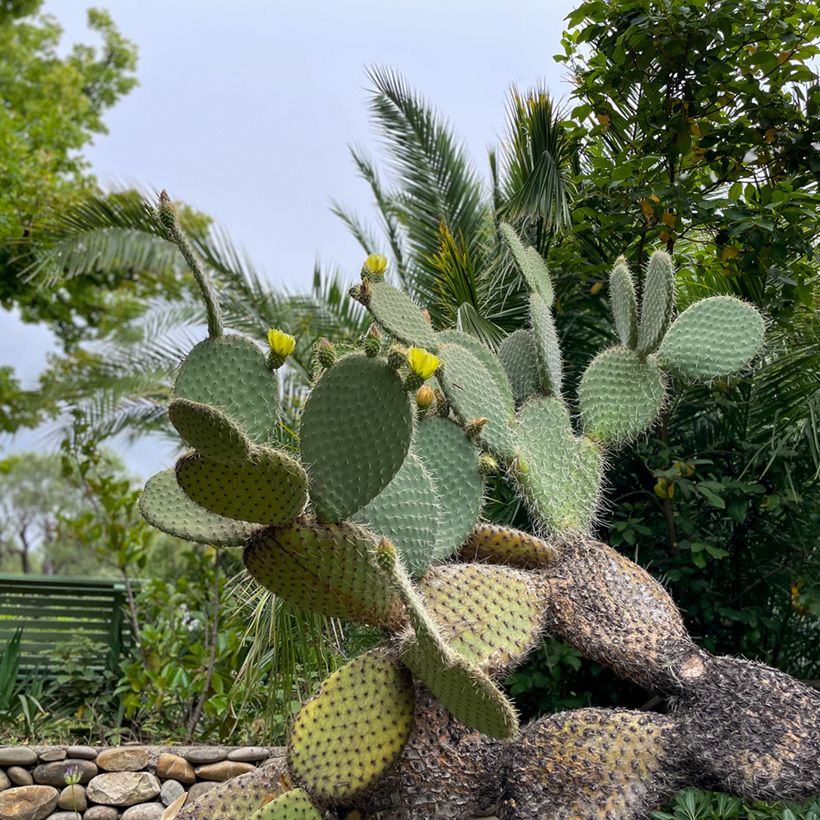



Flowering
Foliage
Plant habit
Botanical data
Opuntia
leucotricha
Cactaceae
Prickly Pear
Consolea leucacantha, Opuntia leucacantha, Opuntia durangensis, Opuntia erythrocentron
North America
Other Perennials A to Z
View all →Planting and care
Preferably plant Opuntia leucotricha in spring.
In the ground, choose a location with maximum sunlight and very well-drained soil, ideally sandy or stony. This species can theoretically tolerate temperatures down to -10°C at their lowest, but it should be protected from prolonged frosts and damp cold, especially outside Mediterranean regions. Before planting, improve drainage by mixing coarse sand or gravel into the substrate. Dig a hole slightly wider than the root ball, place the young plant inside, taking care not to damage the roots, then fill with the amended substrate. After planting, water moderately to help with rooting, then space out watering, as Opuntia leucotricha is sensitive to excess moisture.
In a pot, opt for a terracotta container with drainage holes at the bottom, promoting better aeration and faster drying of the substrate. Choose a wide and shallow pot to ensure the stability of the plant. Place a drainage layer of clay pebbles or gravel at the bottom of the pot, then fill with a specific cactus mix or a substrate made of universal compost lightened with an equal part of coarse sand. Position the young plant in the centre, add the substrate around the roots without compacting too much, then water lightly. Place the pot in a very bright spot, ideally in full sun. During the growth period, water moderately when the substrate is dry on the surface, spacing out watering in autumn and winter to avoid any risk of rot. Repotting every 2 to 3 years in spring is recommended to support the plant's growth and replenish the depleted substrate.
Propagation: by prickly pear cutting, easy: take a segment at a joint, place it on a cactus-type soil substrate for a few days, until a callus forms. Then insert the base of the cutting slightly deeper into the soil and water regularly. The plant will not flower or fruit until it is at least 3 years old.
Planting period
Intended location
Care
Planting & care advice
This item has not been reviewed yet - be the first to leave a review about it.
Similar products
Haven't found what you were looking for?
Hardiness is the lowest winter temperature a plant can endure without suffering serious damage or even dying. However, hardiness is affected by location (a sheltered area, such as a patio), protection (winter cover) and soil type (hardiness is improved by well-drained soil).

Photo Sharing Terms & Conditions
In order to encourage gardeners to interact and share their experiences, Promesse de fleurs offers various media enabling content to be uploaded onto its Site - in particular via the ‘Photo sharing’ module.
The User agrees to refrain from:
- Posting any content that is illegal, prejudicial, insulting, racist, inciteful to hatred, revisionist, contrary to public decency, that infringes on privacy or on the privacy rights of third parties, in particular the publicity rights of persons and goods, intellectual property rights, or the right to privacy.
- Submitting content on behalf of a third party;
- Impersonate the identity of a third party and/or publish any personal information about a third party;
In general, the User undertakes to refrain from any unethical behaviour.
All Content (in particular text, comments, files, images, photos, videos, creative works, etc.), which may be subject to property or intellectual property rights, image or other private rights, shall remain the property of the User, subject to the limited rights granted by the terms of the licence granted by Promesse de fleurs as stated below. Users are at liberty to publish or not to publish such Content on the Site, notably via the ‘Photo Sharing’ facility, and accept that this Content shall be made public and freely accessible, notably on the Internet.
Users further acknowledge, undertake to have ,and guarantee that they hold all necessary rights and permissions to publish such material on the Site, in particular with regard to the legislation in force pertaining to any privacy, property, intellectual property, image, or contractual rights, or rights of any other nature. By publishing such Content on the Site, Users acknowledge accepting full liability as publishers of the Content within the meaning of the law, and grant Promesse de fleurs, free of charge, an inclusive, worldwide licence for the said Content for the entire duration of its publication, including all reproduction, representation, up/downloading, displaying, performing, transmission, and storage rights.
Users also grant permission for their name to be linked to the Content and accept that this link may not always be made available.
By engaging in posting material, Users consent to their Content becoming automatically accessible on the Internet, in particular on other sites and/or blogs and/or web pages of the Promesse de fleurs site, including in particular social pages and the Promesse de fleurs catalogue.
Users may secure the removal of entrusted content free of charge by issuing a simple request via our contact form.
The flowering period indicated on our website applies to countries and regions located in USDA zone 8 (France, the United Kingdom, Ireland, the Netherlands, etc.)
It will vary according to where you live:
- In zones 9 to 10 (Italy, Spain, Greece, etc.), flowering will occur about 2 to 4 weeks earlier.
- In zones 6 to 7 (Germany, Poland, Slovenia, and lower mountainous regions), flowering will be delayed by 2 to 3 weeks.
- In zone 5 (Central Europe, Scandinavia), blooming will be delayed by 3 to 5 weeks.
In temperate climates, pruning of spring-flowering shrubs (forsythia, spireas, etc.) should be done just after flowering.
Pruning of summer-flowering shrubs (Indian Lilac, Perovskia, etc.) can be done in winter or spring.
In cold regions as well as with frost-sensitive plants, avoid pruning too early when severe frosts may still occur.
The planting period indicated on our website applies to countries and regions located in USDA zone 8 (France, United Kingdom, Ireland, Netherlands).
It will vary according to where you live:
- In Mediterranean zones (Marseille, Madrid, Milan, etc.), autumn and winter are the best planting periods.
- In continental zones (Strasbourg, Munich, Vienna, etc.), delay planting by 2 to 3 weeks in spring and bring it forward by 2 to 4 weeks in autumn.
- In mountainous regions (the Alps, Pyrenees, Carpathians, etc.), it is best to plant in late spring (May-June) or late summer (August-September).
The harvesting period indicated on our website applies to countries and regions in USDA zone 8 (France, England, Ireland, the Netherlands).
In colder areas (Scandinavia, Poland, Austria...) fruit and vegetable harvests are likely to be delayed by 3-4 weeks.
In warmer areas (Italy, Spain, Greece, etc.), harvesting will probably take place earlier, depending on weather conditions.
The sowing periods indicated on our website apply to countries and regions within USDA Zone 8 (France, UK, Ireland, Netherlands).
In colder areas (Scandinavia, Poland, Austria...), delay any outdoor sowing by 3-4 weeks, or sow under glass.
In warmer climes (Italy, Spain, Greece, etc.), bring outdoor sowing forward by a few weeks.






























